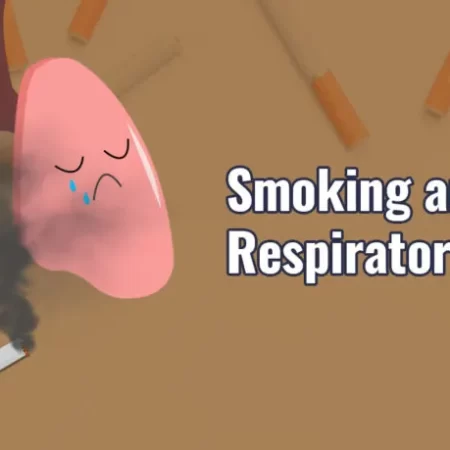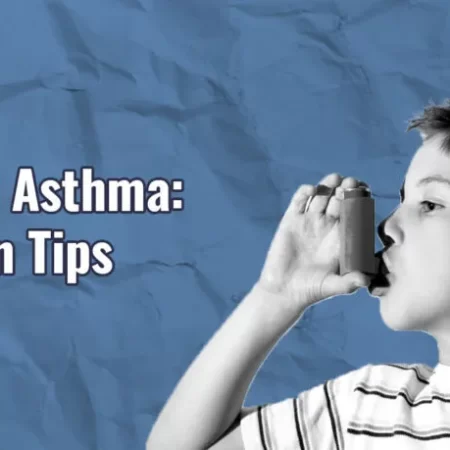
Our lungs play an important role in our respiratory system, enabling us to breathe and obtain oxygen essential for our survival. However, they are also vulnerable to various infections that can compromise their function and our overall health. Lung infections, such as pneumonia, bronchitis, and tuberculosis, are common respiratory illnesses that affect millions of people worldwide.
Causes
- Bacteria: Bacterial lung infections are a common cause of respiratory illnesses. Pathogens like Streptococcus pneumoniae, Haemophilus influenzae, and Mycoplasma pneumoniae can invade the lungs, leading to conditions such as pneumonia and bronchitis. These infections often spread through respiratory droplets when an infected person coughs or sneezes.
- Viruses: Viral infections are another significant contributor to lung infections. Influenza viruses, respiratory syncytial virus (RSV), and the common cold virus can all target the respiratory tract. COVID-19, caused by the SARS-CoV-2 virus, has gained global attention due to its severity and contagiousness.
- Fungi: Fungal lung infections are less common but can be serious, especially in individuals with weakened immune systems. Aspergillus, Histoplasma, and Cryptococcus are examples of fungi that can cause lung infections, often through inhalation of spores present in the environment.
Symptoms
- A persistent, often productive cough is a hallmark symptom of lung infections. The cough may produce mucus or phlegm, which can be clear, yellow, green, or even bloody.
- Difficulty breathing or shortness of breath is a common complaint, especially in severe lung infections. This symptom can be accompanied by chest pain or discomfort.
- Elevated body temperature is a common response to infections. A fever may indicate the body’s efforts to fight off the invading pathogens.
- Lung infections can be physically draining, leading to fatigue and weakness. Rest is crucial for recovery in such cases.
- Wheezing is a high-pitched whistling sound that occurs when breathing, often associated with conditions like bronchitis and asthma exacerbations.
- Shivering or feeling excessively cold i.e. chills even with a fever, is another symptom often seen in lung infections.
- A feeling of tightness or pressure in the chest, along with congestion, is common, especially in pneumonia and bronchitis.
Prevention
- Vaccination: Getting vaccinated against diseases like influenza, pneumonia, and COVID-19 can significantly lower your chances of contracting these infections.
- Hand Hygiene: Regular handwashing with soap and water, especially before eating or touching your face, can prevent the spread of viruses and bacteria.
- Respiratory Hygiene: Cover your mouth and nose with a tissue or your elbow when coughing or sneezing. Dispose of tissues properly and wash your hands immediately.
- Avoiding Tobacco and Pollution: Smoking can damage the lungs and weaken the immune system. Similarly, minimizing exposure to air pollution is crucial for lung health.
- Maintaining a Healthy Lifestyle: Eating a balanced diet, staying physically active, and getting enough sleep can boost your immune system, making it better equipped to fight off infections.
- Limiting Exposure to Allergens: Reducing exposure to allergens like pollen, dust mites, and pet dander can help prevent lung infections, especially if you have underlying respiratory conditions like asthma.
- Seeking Medical Care: If you experience symptoms of a lung infection, seek prompt medical attention. Early diagnosis and treatment can prevent complications.
Lung infections can be debilitating and even life-threatening, but with the right knowledge and preventive measures, you can reduce your risk of contracting these illnesses. Remember that maintaining a healthy lifestyle and staying up-to-date with vaccinations are steps that you need to follow in safeguarding your lungs against infections.
FAQ’s
Lung infections can affect anyone, but certain factors increase the risk. Common risk factors include smoking, a weakened immune system (due to conditions like HIV/AIDS or chemotherapy), chronic respiratory conditions (such as asthma or COPD), age (young children and the elderly are more susceptible), and close contact with infected individuals.
Yes, there is a difference in the treatment of viral and bacterial lung infections. Bacterial infections are often treated with antibiotics, which are ineffective against viral infections. Viral lung infections typically require supportive care to alleviate symptoms, such as rest, hydration, and antiviral medications in some cases.
While having a lung infection in the past may not provide complete immunity, there are steps you can take to reduce your risk of future infections. These include maintaining a healthy lifestyle, getting vaccinated as recommended by your healthcare provider, practicing good hand hygiene, avoiding exposure to known lung irritants, and getting medical care if you experience symptoms of a respiratory infection.





